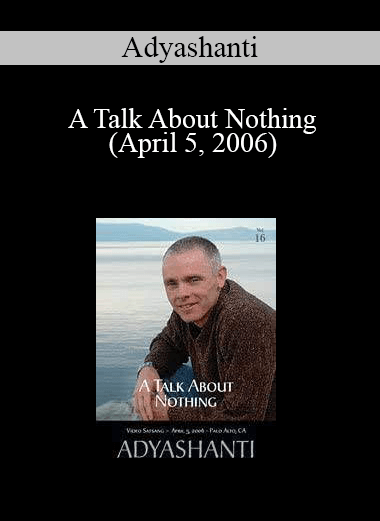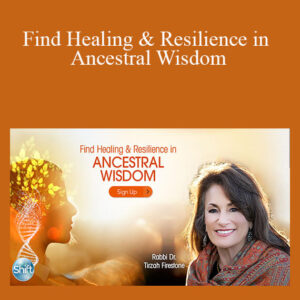Adyashanti – A Talk About Nothing
Adyashanti studied Zen for 14 years under the guidance of his Zen teacher Arvis Joen Justi. Justi was a student of Taizan Maezumi Roshi of the Zen Center of Los Angeles. Gray (Adyashanti) was regularly sent by Arvis to Zen sesshins, where he also studied under Jakusho Kwong Roshi of the Sonoma Mountain Zen Center. At age 25 he began experiencing a series of transformative spiritual awakenings.
In 1996, around six years later, he was invited to teach by Arvis Joen Justi. However, because Justi never underwent the traditional Zen ceremony of Dharma transmission – though still instructed to teach by Maezumi — Adyashanti is not an official Dharma heir of any particular Zen tradition. Rather he is Arvis Justi’s successor in a lay Lineage originally authorized by Taizan Maezumi.Theory implies an overall conceptual structure, yet Adyashanti has said it isn’t his intention to produce a theory. Rather, as a teacher Adyashanti presents strategies to help one awaken.
On many occasions he has spoken that humans tend to identify with a sense of self that is essentially not real, or sometimes called empty. The Buddha called this idea no-self, or anatta. Suffering is thus said to be caused by the belief in a separate self that seems to be divided from the world. If someone was to realize that they, as an individually isolated self, were not real, but that there is only one being, known as Buddha-nature in Buddhism or Brahman in Advaita Vedanta, then they would be awakened to the true nature of their being, oneness. To have such an awakening is to realize that there is no me and no other, there is only one. One being, one universe, one everything.
Adyashanti illustrates this idea when he says, “There is only life living itself, life seeing itself, life hearing itself, life meeting itself as each moment (My Secret is Silence, pg. 27).” Suffering, however, does not necessarily end here. After an awakening it is suggested that there is often a long process of embodiment where the old beliefs of the body and mind, sometimes called sanskaras, gradually yield to the new understanding of one’s true nature.Though heavily influenced by his Zen background, Adyashanti’s teaching structure is distinct from, and is not considered, traditional Japanese Zen. He offers public events known as Satsangs where he gives a Dharma talk and then engages the audience with Questions and Answers. Sometimes these Satsangs are given in an all day, or weekend long, format and are simply called Intensives.
He also offers silent retreats several times a year which is an example of his Zen influence. On these retreats participants refrain from speaking for several days, except during the Q&A in Satsangs, and also practice several hours of silent sitting.
Get Download Adyashanti – A Talk About Nothing (April 5, 2006) at coursesblock.com today!
Delivery Method
– After your purchase, you’ll see a View your orders link which goes to the Downloads page. Here, you can download all the files associated with your order.
– Downloads are available once your payment is confirmed, we’ll also send you a download notification email separate from any transaction notification emails you receive from coursesblock.com
– Since it is a digital copy, our suggestion is to download and save it to your hard drive. In case the link is broken for any reason, please contact us and we will resend the new download link.
– If you cannot find the download link, please don’t worry about that. We will update and notify you as soon as possible at 8:00 AM – 8:00 PM (UTC 8).
Thank You For Shopping With Us!







